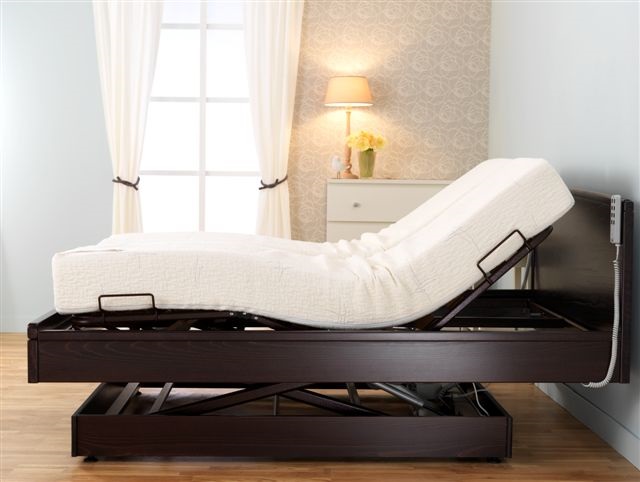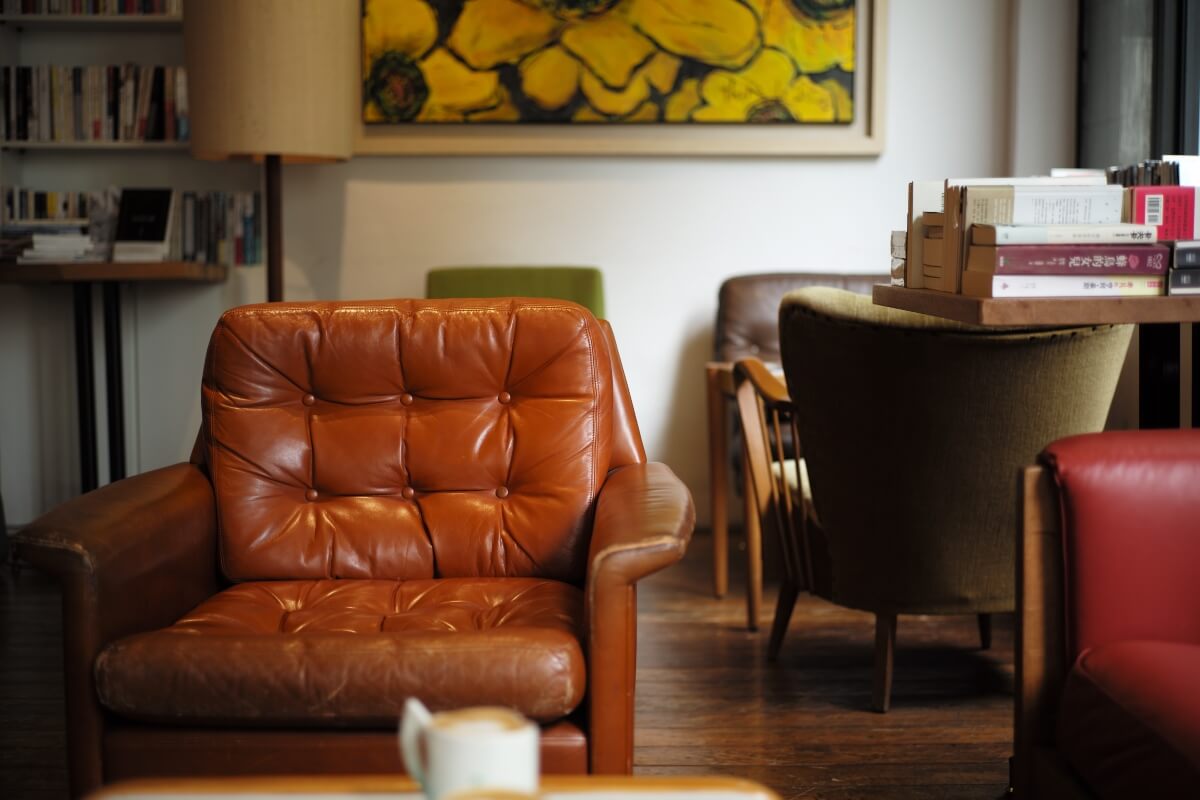The Best Types of Hospital Beds for Home Use
Social Links
Caring for a loved one in the later stages of life can be both rewarding and challenging, especially if they’re being cared for in their own home. There are many reasons they may have chosen to remain at home, from having a partner who can help, or wanting to stay in familiar surroundings. Perhaps the care is a temporary need during recovery from surgery or injury.
Fortunately, there are many products available that make this possible, particularly when it comes to beds. Hospital beds – also known as homecare beds – are designed not only to keep the occupant safe and comfortable, but to allow them to perform certain actions on their own, promote independence and help maintain a sense of dignity.
What are the different types of hospital beds?
A homecare bed is based on a bed you would usually find in a hospital or care home but is designed for use at home. Electric mechanisms enable the user to adjust the position and shape of the bed without the need for assistance. This reduces strain for carers and allows for more precise positioning. Some features include:
- Profiling: Homecare beds have adjustable mattresses so the user can change their position for different activities or to make themselves more comfortable. Most come with two to four positioning points, so the occupant can sit up, raise their legs or both, which is ideal for someone who spends a lot of time in bed.
- High-low beds: Beds with adjustable height, such as the Dartmouth and Malvern, can be raised and lowered so it’s easier to get in and out. The higher setting saves a carer from having to bend over, or it can be fixed low to the floor when this is more suitable. Some beds, including the Ascot Super Hi-Low, also allow the ends to be adjusted independently.
- Portable: Wheels are an option on models including the Oxford, Windsor and Malvern, so they can be easily moved for cleaning or manoeuvring around the patient. This also means that patients confined to the bed can be moved into another room, for example to join the family for a meal.
- Natural look: Some models, including the Churchill, Winchester and Oxford are designed to look like a normal bed, with the mechanisms hidden by the external framework. This is a great choice for someone who may still be independent and intends the bed to be used long-term at home.
- Doubles: For those who wish to share a bed, our Dartmouth, Churchill and Winchester models are all available as doubles. Separate mattresses operate independently, so you can each have your own level of support and choose your own positioning.
Who can benefit from a homecare bed?
Whether your need for a homecare bed is driven by injury, a health condition or prevention of a future one, there’s no doubt that a little extra support and the ability to change position can have a positive impact. For example, sleeping in the zero-gravity position, with the head and knees slightly raised, can take pressure off individual areas. This eases aches and pains and significantly reduces the risk of pressure sores – essential if the user spends prolonged amounts of time in the bed and can’t easily adjust their position.
Furthermore, sleeping with the head slightly raised has been shown to lessen the symptoms of several conditions known to disrupt sleep such as asthma, sleep apnoea and indigestion. Raising the legs can improve circulation, which reduces inflammation and swelling – great for people with arthritis – and promotes healing, which decreases recovery time in the case of injury or recent surgery. It can also make life much more comfortable while the patient spends more time than usual in bed.
If spillages or incontinence are an issue, certain mattresses come with antibacterial and antimicrobial properties, and removable covers that are easy to wash. Remember that if the user is able to get themselves in and out of the bed without having to wait for assistance, accidents may become less likely.
What features should I choose?
As well as being able to adjust their positions, many homecare beds come with additional optional features to increase safety and enhance the user’s ability to perform tasks independently. Some of these include:
- Rotating/turning bed: The Bingley range is especially designed to allow the user to get in and out of bed more easily, by converting to a “seat” that swings around to the side. This is ideal for someone who can stand up on their own but has trouble manoeuvring their legs on and off the mattress. It can swivel to either side, so can be adapted to the bedroom’s existing layout.
- Side rails: Optional guard rails come in half or full length and can be removed or lowered to help the patient in and out of bed. Available on our Bingley, Ascot and Windsor models, these are a safety feature for patients who may be at risk of falling out of bed, or for those prone to getting out of bed at inopportune times, such as people with Alzheimer’s or dementia.
- Hoist: This is an overhead metal pole with a handle, supported by a base that goes under the bed. A hoist allows the user to pull themselves up into a sitting position or turn themselves over without assistance.
- Air mattress: For people at risk of or already suffering from pressure sores, an air mattress may be a good option, as it can be adjusted to the patient’s weight. Pressure distribution can be changed manually or set to automatically redistribute air pressure at certain intervals.
Maintenance and care
As a general rule, homecare beds should be treated and cleaned as any other piece of furniture, depending on their fabrics and materials and according to the manufacturer’s instructions. However, as a hospital bed may have extra uses than a normal bed, there are a few other considerations when it comes to maintenance.
As it comes with an electrical component, avoid spills and keep liquids away from the controls and mechanisms. If a spill does occur, disconnect the power source immediately. Waterproof protectors can be helpful, although the MFC’s Relievo mattresses have removable covers than can be washed and tumble dried.
Small spills can be absorbed with paper towels or a dry cloth, or if necessary, sponged with mild soapy water. If it’s possible, air the mattress regularly by folding back the covers for a few hours, and avoid vacuuming as it can damage the internal support structures of the mattress.
The Bottom Line
There are many reasons to consider investing in a homecare bed, such as improving a specific health condition, providing safety for a vulnerable relative or prolonging independence and being able to care for a loved one at home. What you look for in a hospital bed will depend on your individual circumstances and requirements.
Whatever your reason, the team at the Mobility Furniture Company will help with your decision by completing an in-home assessment and providing all the instructions on how to use a homecare bed. As well as all the health and safety benefits, you’ll get total peace of mind – and that’s bound to give you a better night’s sleep!
*This website contains general medical information. The medical information is not advice and should not be treated as such. Read our full Medical Disclaimer here.



